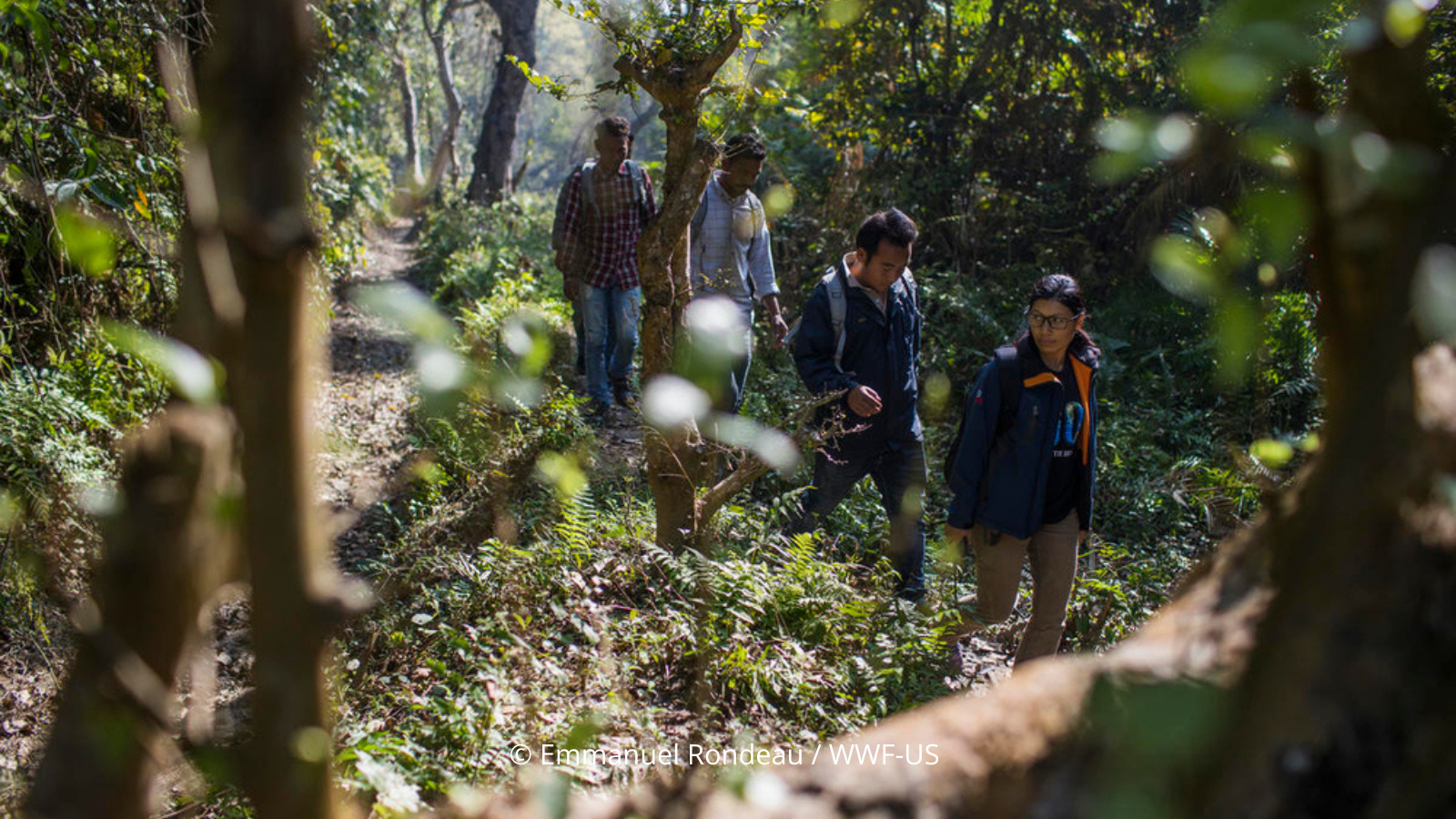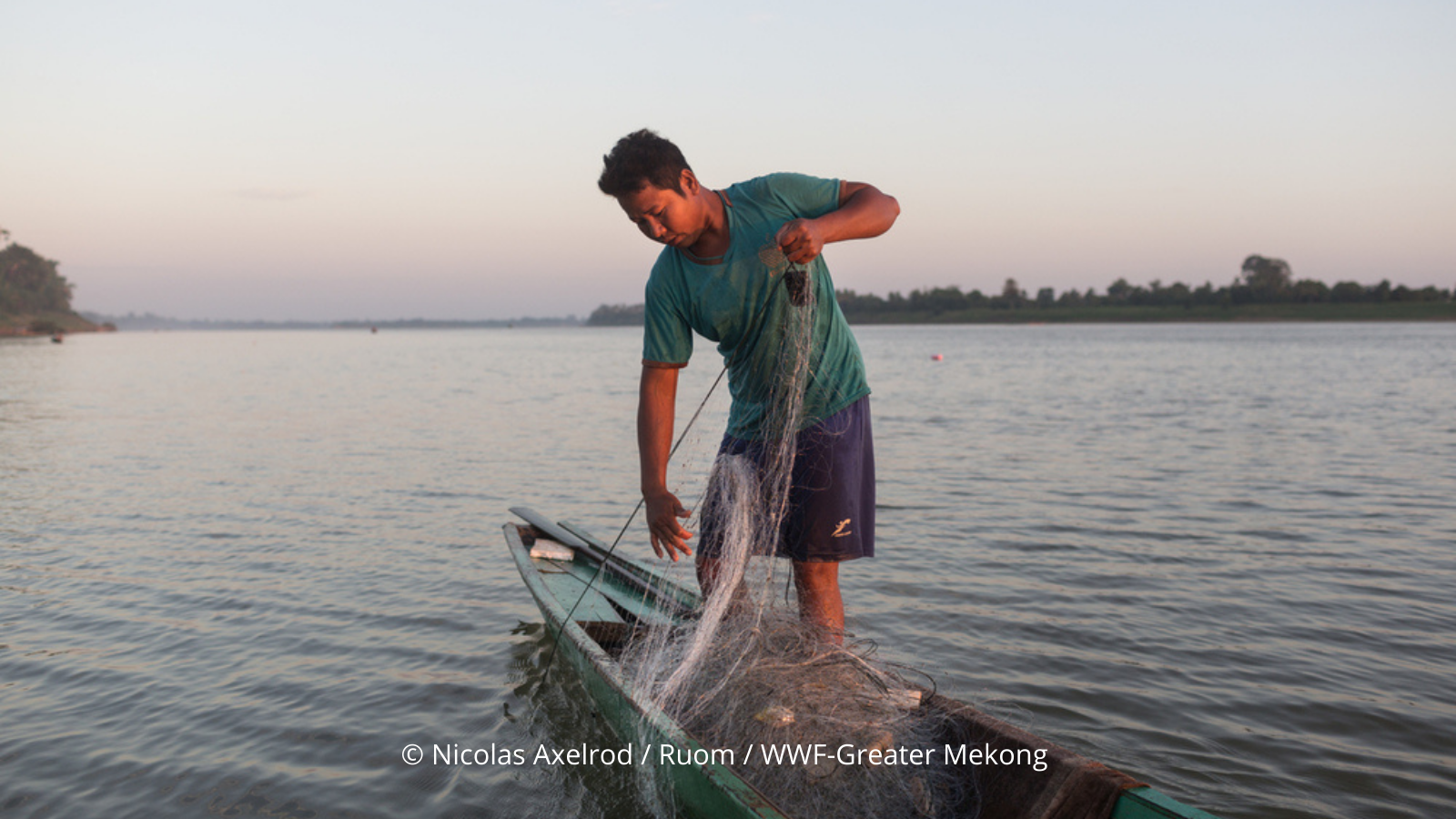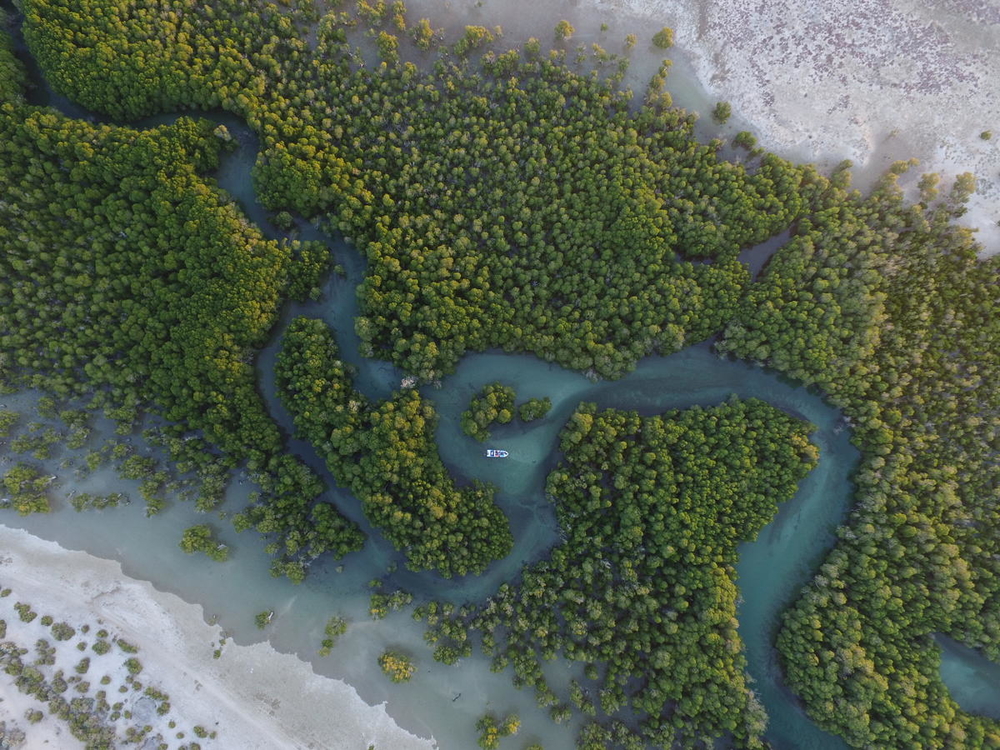The impacts of nature loss affect us all, and it is only getting worse – since 1970 wildlife populations have declined by two-thirds. Only urgent and ambitious action will turn things around. That’s why it’s more important than ever for countries to agree the details of a global plan for nature that will reverse biodiversity loss to secure a nature-positive world by 2030. This week, they meet again to hash things out. But what needs to happen to tackle the nature crisis?
Think big to change course – Nature Positive by 2030
There is a huge challenge ahead if we are to reverse the loss of nature for the benefit of all people and the planet and everyone needs a bright shining ‘north star’ or southern cross in the form of an overarching global goal for nature. That goal must be that there is more nature in the world at the end of the decade than there is now, a ‘nature-positive global goal’. To continue the current trajectory of nature loss would mean aggravated poverty from droughts, zoonotic pandemics, loss of lives and economic assets and undercutting our efforts to tackle the climate crisis causing even more extreme weather and many other problems. There is no other option.
Many countries negotiating the global plan, called the post-2020 Global Biodiversity Framework, recognise that reversing biodiversity loss is a vital part of the agreement, but at the next round of talks taking place in Nairobi, Kenya, this week it is essential that all countries come together in support of this mission.
You can support a nature-positive mission by sharing the hashtag and helping to raise awareness of the need to reverse nature loss by 2030.

Put money into safeguarding nature
Nature provides resources like fresh water, fresh air, our food, materials for our homes and our infrastructure – the building blocks of every aspect of our existence – and these resources are worth an estimated $125 trillion a year. Yet nature’s value to our lives and our businesses is not accounted for. Instead of taking from our home, destroying nature for short-term gains, governments must change course, funding nature-positive initiatives and activities that protect and restore nature instead.
Shockingly we are a long way from this. The gap between what governments are spending to protect and restore nature and what is needed is estimated to be around $700 billion a year, and the world is spending at least $1.8 trillion on subsidies that are harmful to nature. Government money is destroying our natural environment for example by funding chemicals for farming or financing huge new dams that disrupt the natural flows of rivers and their wild inhabitants.

All financing must be aligned with nature, to stop investments that are harmful and to fund things like agroforestry (planting trees alongside crops), green jobs like tree planting and businesses to reduce their impact for example by removing plastics and chemicals from supply chains.
Working together
Nature loss is a global issue that needs a global solution. Any plans to reverse nature loss must be made with everyone in mind and carried out with the whole-of-society participating. This includes Indigenous Peoples and local communities, businesses, financial institutions, non-governmental organizations and governments, women and youth.
There has to be strong leadership for this to happen. Over 90 Heads of State have endorsed the Leaders’ Pledge for Nature to reverse nature loss but Heads of State now need to act for nature and people. And that includes directing negotiations of the global plan for nature so that a consensus is reached, without compromising on ambition. Support and endorsement at the highest political level will help ensure a plan that is ambitious and comprehensive enough to achieve what we need it to achieve.
Read WWF’s opening remarks on the UN meeting taking place in Nairobi this month. Do your part to protect nature


